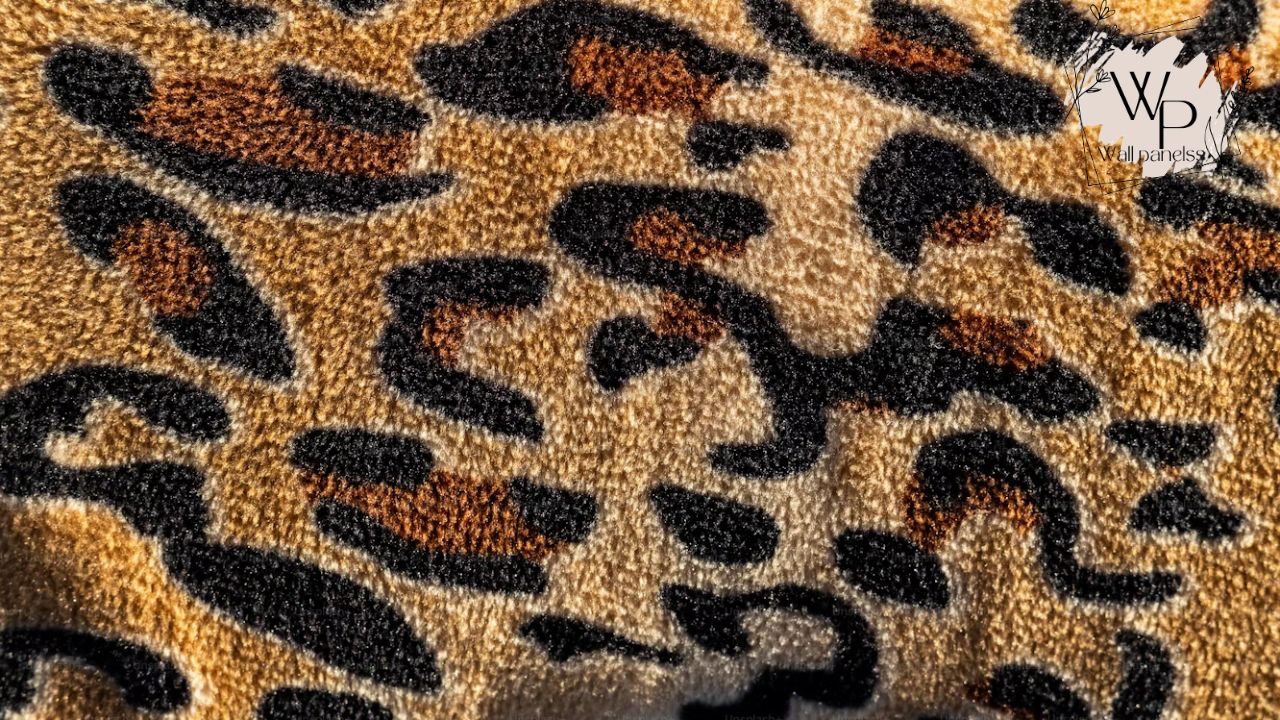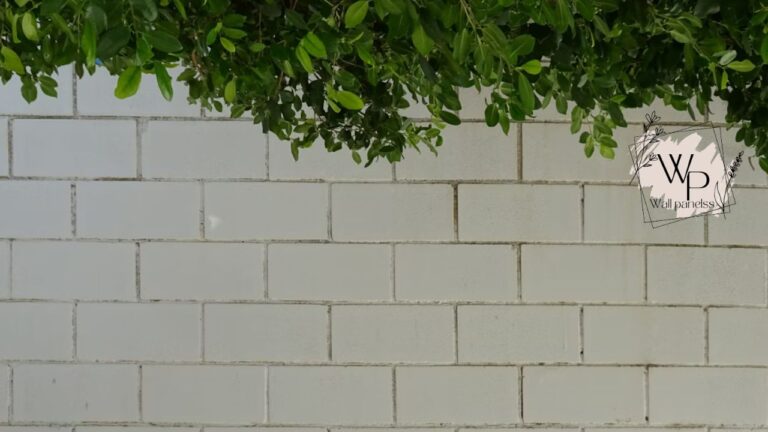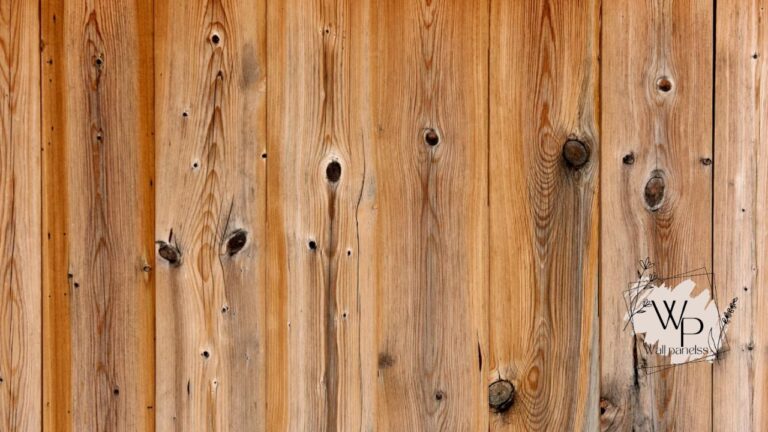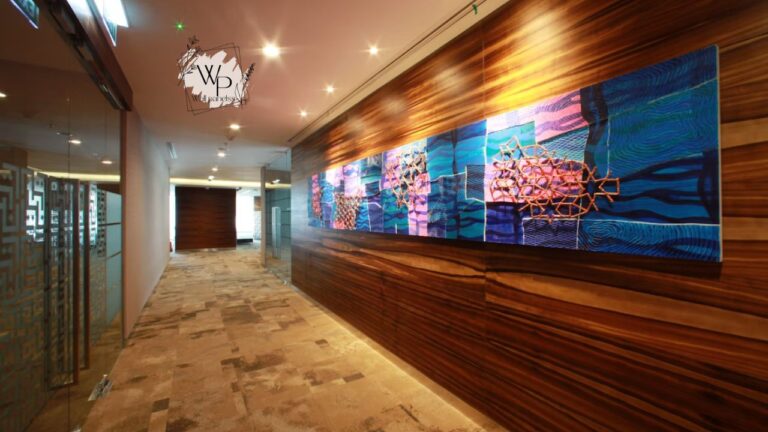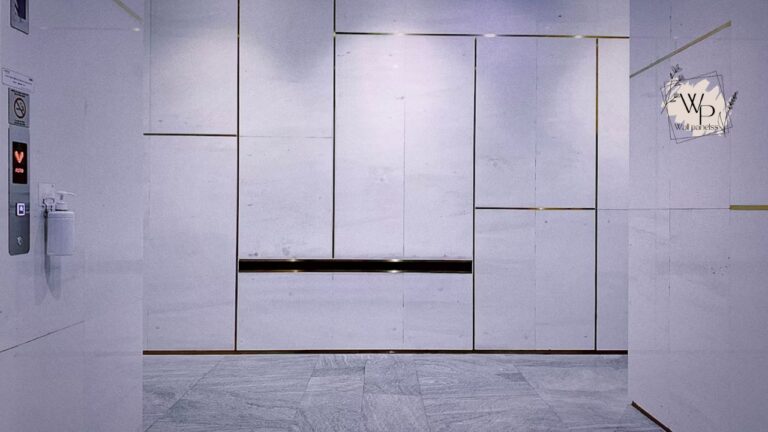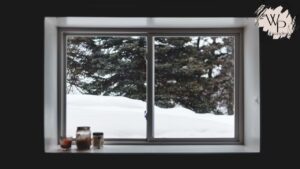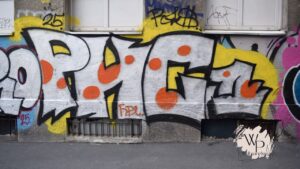Have you ever found yourself admiring a bold animal print, only to wonder if it’s cheetah or leopard? You’re not alone. The subtle yet significant difference between cheetah and leopard print trips up even the most fashion-savvy individuals. It’s a common mix-up, but understanding these distinctions can elevate your style and your appreciation for these magnificent big cats.
From high fashion runways to everyday home decor, these iconic patterns bring a touch of the wild into our lives. But each print tells a very different story, rooted in the unique biology of the animal it comes from. This guide will turn you into an expert, ready to confidently identify these prints wherever you see them. We’ll explore everything from the shape of the spots to their deeper cultural meanings.
This isn’t just about fashion; it’s about appreciating the details. By the end of this article, you’ll have a new perspective on these classic designs and will never again have to guess about the difference between cheetah and leopard print.
Cheetah vs. Leopard Print: A Quick Comparison
Before we dive deep, let’s get a quick overview. While both prints are stunningly beautiful, their core characteristics are quite distinct. This table breaks down the essential difference between cheetah and leopard print for easy reference.
| Feature | Cheetah Print | Leopard Print |
|---|---|---|
| Spot Shape | Solid, simple, round or oval black spots. | Complex rosettes with a black outline and a darker, tawny center. |
| Spot Size | Relatively small and uniform in size. | Varies in size and shape across the body. |
| Spot Pattern | Evenly spaced, almost polka-dot-like. | Irregular, clustered, and seemingly random. |
| Background Color | Typically a warm tan or golden yellow. | Can range from light cream to a deep golden brown. |
| Unique Markings | Black “tear marks” running from the eyes to the mouth. | No tear marks. |
| Overall Vibe | Sleek, uniform, and slightly more graphic. | Ornate, complex, and more organic. |
Decoding the Spots: The Primary Difference Between Cheetah and Leopard Print
The most fundamental way to tell these two patterns apart lies in the spots themselves. It seems simple, but this one detail is the key to unlocking the entire puzzle. Understanding the difference between cheetah and leopard print starts with looking closely at the individual markings.
Cheetah Spots: Simple and Solid
Think of cheetah spots as nature’s polka dots. They are simple, solid black spots scattered against a tawny, golden background.
- Shape: Cheetah spots are consistently round or slightly oval. They are never hollow or clustered together in a complex pattern. Each spot is a distinct, individual mark.
- Arrangement: The spots are distributed relatively evenly across the cheetah’s body, creating a uniform and somewhat predictable pattern. This clean, graphic look is a hallmark of cheetah print.
- The Tear Marks: A defining feature of the cheetah itself is the presence of black “tear marks” that run from the corner of each eye down the side of the nose to the mouth. While not always included in fashion prints, their presence is a dead giveaway that the design is inspired by a cheetah. These marks help deflect the sun’s glare, acting like natural sunglasses for the swift hunter.
The simplicity of the cheetah’s spots is what makes the print feel so sleek and modern. It’s a pattern that is bold yet uncluttered. When you see solid black dots, you are most likely looking at a cheetah print. This core difference between cheetah and leopard print is the easiest to remember.
Leopard Spots: The Intricate Rosette
Leopard spots are far more complex and ornate. They are not solid spots but rather “rosettes,” a term that perfectly captures their flower-like appearance.
- Shape: A leopard’s rosettes consist of a black or dark brown outline that isn’t fully closed, surrounding a center that is a slightly darker shade than the main coat. This creates a beautiful, multi-toned effect that adds depth and texture to the pattern.
- Arrangement: Unlike the uniform cheetah spots, leopard rosettes are arranged in irregular clusters. They vary in size and shape across the animal’s body, creating a more organic and less predictable pattern. The rosettes on the head and legs are often smaller and more solid, resembling the spots of a cheetah, which can sometimes add to the confusion.
- No Tear Marks: Leopards do not have the signature tear marks found on cheetahs. Their faces are covered in the same smaller rosettes and spots as the rest of their head and limbs.
The intricate nature of the rosette is the defining difference between cheetah and leopard print. It gives the pattern a sense of luxury and complexity that has captivated designers for generations.
Beyond the Spots: Other Distinguishing Features
While the spots are the main event, other subtle cues can help you determine the difference between cheetah and leopard print. These factors relate to the background color, the overall feel of the pattern, and the context in which you find it.
Color Palette and Tone
The background color, or the “ground,” of the print provides another important clue.
- Cheetah Print: The background of a cheetah print is almost always a consistent shade of warm tan or golden yellow. This solid, uniform color complements the simple, solid spots.
- Leopard Print: The background of a leopard print often has more variation. It can range from a light, creamy beige to a deep, rich ochre. The center of the rosettes is also a key color element, adding another layer of brownish tones to the overall pattern.
This variation in color adds to the complexity and perceived luxury of leopard print. The simpler color scheme of cheetah print gives it a more graphic, sporty feel. Understanding this nuance is another step toward mastering the difference between cheetah and leopard print.
Pattern Density and Flow
How the spots are scattered across the fabric or surface also creates a different visual impact.
- Cheetah Print: The even spacing of cheetah spots creates a sense of order and speed. The pattern feels clean and directional, mirroring the streamlined physique of the animal itself.
- Leopard Print: The random clustering of rosettes in leopard print gives it a denser, more textured appearance. The pattern feels less uniform and more like a natural camouflage, which is precisely its function in the wild.
This difference in density and flow contributes to the distinct personalities of each print. Discerning this visual rhythm is a subtle but effective way to identify the difference between cheetah and leopard print.
From the Savannah to the Runway: A Cultural History
Animal prints have a long and fascinating history in fashion and design, evolving from symbols of wealth and power to staples of modern style. Their journey helps explain why we are so drawn to them and why understanding the difference between cheetah and leopard print matters.
The Roaring Twenties and Hollywood Glamour
The fascination with big cat prints in the Western world exploded in the 1920s. As post-war society embraced exoticism and liberation, movie stars like Marian Nixon were photographed walking a leopard on a leash, cementing the print’s association with glamour, danger, and female power. It symbolized a woman who was untamable and fiercely independent.
In these early days, the distinction between the prints was less important than the overall exotic statement. However, it was predominantly the complex, luxurious pattern of the leopard that captured the imagination of Hollywood and high society.
Christian Dior and the Mid-Century Shift
The 1940s and 50s saw animal prints move from a novelty to a high-fashion staple. In 1947, Christian Dior introduced a collection featuring both cheetah and leopard prints, marking a pivotal moment. Dior famously told his muse Mitzah Bricard, “If you are fair and sweet, don’t wear it.” This cemented the idea of animal print as a statement of bold confidence.
Dior’s use of both patterns brought the specific difference between cheetah and leopard print into focus for the fashion elite. Leopard was for opulent evening wear, while the cleaner cheetah print was seen as chic for daywear.
The Punk and Pop Eras
By the 1970s and 80s, animal prints were adopted by punk and rock-and-roll subcultures. Musicians like Debbie Harry of Blondie used leopard print to signify a raw, rebellious energy. It was no longer just for the wealthy elite; it was for everyone who wanted to make a statement against the status quo. The bold and graphic nature of cheetah print also found its place, appealing to the pop art sensibilities of the era. This democratization made knowing the difference between cheetah and leopard print a form of cultural literacy.
Animal Prints in Modern Fashion and Decor
Today, cheetah and leopard prints are timeless classics. They appear in everything from couture gowns to fast-fashion tops, from luxury handbags to throw pillows. Their enduring appeal lies in their ability to be both neutral and a statement piece simultaneously.
The Enduring Appeal of Leopard Print
Leopard print is often considered the more classic and versatile of the two. Its complex pattern and rich color palette allow it to be paired with a wide range of colors and styles.
- As a Neutral: Fashion experts often treat leopard print as a neutral, much like black, white, or beige. Its earthy tones allow it to blend seamlessly with other colors, adding texture and interest without overwhelming an outfit.
- A Symbol of Confidence: Wearing leopard print is still seen as an act of confidence. User reviews on fashion forums often express this sentiment. One user wrote, “Putting on my leopard print coat feels like putting on armor. I just feel more powerful and ready to take on the day.” This emotional connection is a huge part of its appeal.
The Rise of Cheetah Print
Cheetah print, with its clean and graphic pattern, has seen a surge in popularity in recent years. It aligns perfectly with modern minimalist and athleisure trends.
- A Modern, Sporty Vibe: The uniform nature of cheetah spots gives the print a sportier, more contemporary feel. It’s often used in activewear, sneakers, and casual accessories.
- Perfect for Accent Pieces: Because it’s less “busy” than leopard print, cheetah is an excellent choice for accent pieces that add a pop of pattern without being overwhelming.
Understanding the unique vibe of each pattern is a crucial part of knowing the difference between cheetah and leopard print and using them effectively in your own style.
The “Pink Preppy Wallpaper” Phenomenon
An interesting modern trend is the fusion of classic animal prints with unexpected color palettes and aesthetics. A prime example is the emergence of pink preppy wallpaper featuring animal prints. This trend perfectly illustrates how these wild patterns can be reinterpreted.
Imagine a classic cheetah or leopard pattern, but instead of its natural tan and black, it’s rendered in shades of hot pink and white. This is the essence of pink preppy wallpaper. It takes the rebellious spirit of animal print and filters it through a playful, feminine, and highly stylized lens.
This trend is popular in teen bedrooms, dorm rooms, and chic home offices. It combines the timeless appeal of the animal pattern with the vibrant energy of pink, creating a look that is both bold and charming. When you see a pink preppy wallpaper, take a closer look at the spots. Is it the solid, uniform pattern of a cheetah or the complex rosettes of a leopard? This playful context provides yet another opportunity to practice spotting the difference between cheetah and leopard print.
The existence of something like pink preppy wallpaper shows the incredible versatility of these patterns. They can be luxurious and sophisticated, raw and rebellious, or fun and girly. The core pattern remains, but the context and color change its entire meaning. Whether it’s a naturalistic print or a vibrant pink preppy wallpaper, the fundamental difference between cheetah and leopard print remains in the shape of the spots.
User Reviews and Perceptions
In the world of fashion and decor, user reviews and ratings provide fascinating insights into how these prints are perceived. On e-commerce sites selling clothing, accessories, or home goods like pink preppy wallpaper, comments often highlight the emotional impact of the patterns.
- Leopard Print Reviews: A review for a leopard print blouse might say, “Rating: 5/5. Absolutely stunning! The pattern is so rich and luxurious. It makes me feel incredibly chic and confident.” These reviews frequently use words like “classic,” “timeless,” “sexy,” and “sophisticated.”
- Cheetah Print Reviews: A review for a pair of cheetah print sneakers could read, “Rating: 5/5. Love these! The print is so fun and modern. It adds the perfect pop to my casual outfits.” Common words in cheetah print reviews include “cool,” “sporty,” “graphic,” and “trendy.”
These user-generated comments confirm the distinct personalities of the prints. People intuitively grasp the difference between cheetah and leopard print, even if they can’t articulate the specific details. Leopard is for classic glamour; cheetah is for modern cool.
Avoiding Common Misconceptions
The fashion and marketing worlds are notorious for mislabeling these prints. It’s not uncommon to see a product described as “leopard print” when it clearly features the solid spots of a cheetah, and vice-versa. This is why having the knowledge yourself is so empowering.
The most common error is calling everything with spots “leopard.” Leopard print has become a catch-all term for many animal patterns, but now you know better. The next time you’re shopping, you can be the discerning customer who truly understands the difference between cheetah and leopard print.
Another misconception is that one print is “better” than the other. This couldn’t be further from the truth. Both are beautiful, timeless patterns with their own unique history and feel. The choice between them is purely a matter of personal taste and the specific look you want to achieve. The key is to make that choice an informed one.
Recognizing the difference between cheetah and leopard print is not just about being pedantic; it’s about appreciating the artistry of nature and the intention of designers. Whether you prefer the intricate rosettes of the leopard or the sleek spots of the cheetah, you are participating in a long and rich cultural tradition.
A Final Check: Test Your Knowledge
You’ve learned the theory, now let’s put it into practice. Imagine you’re browsing an online store. You see a stylish tote bag with an animal print.
First, look at the spots. Are they solid black circles? Or are they irregular, hollowed-out shapes with a darker center? If they’re solid, you’ve got a cheetah print. If they’re complex rosettes, it’s leopard. That’s the primary difference between cheetah and leopard print.
Next, look at the overall pattern. Is it uniform and evenly spaced, or is it dense and randomly clustered? The former points to cheetah, the latter to leopard. Finally, consider the item itself. Is it a sleek, modern running shoe or a luxurious, faux-fur evening coat? The context can offer another clue.
By running through this mental checklist, you can confidently identify any print you encounter. The difference between cheetah and leopard print is now firmly within your grasp. It’s a skill that will make you a more discerning shopper and give you a deeper appreciation for these iconic designs, whether on a silk scarf or a roll of pink preppy wallpaper. You’ll start noticing the subtle difference between cheetah and leopard print everywhere. This knowledge empowers you to curate your style with greater intention. And the next time a friend asks, you can be the one to explain the beautiful difference between cheetah and leopard print.
Frequently Asked Questions (FAQs)
Q1: What is the main difference between cheetah and leopard print?
The simplest and most important difference between cheetah and leopard print is the spots. Cheetahs have solid, round, black spots, like polka dots. Leopards have more complex patterns called rosettes, which are irregular-shaped spots with a black outline and a brown center.
Q2: Is one print more popular than the other?
Both are incredibly popular, but they often trend at different times and for different aesthetics. Leopard print is generally considered a timeless, classic staple, especially in high fashion. Cheetah print has a more modern, sporty feel and has seen a huge surge in popularity with the rise of athleisure and streetwear.
Q3: Can a leopard print have solid spots?
Yes, which is a source of confusion! Leopards have smaller, solid spots on their lower legs and heads. However, the main part of their body is covered in the signature rosettes. If the entire pattern consists of solid spots, it’s a cheetah print. If you see a mix, with rosettes on the body, it’s leopard. This nuance is a key difference between cheetah and leopard print.
Q4: What about other big cat prints like jaguar?
Great question! Jaguar print is often confused with leopard print as well. Jaguars also have rosettes, but they are typically larger and have one or more small black dots inside the rosette. So, the hierarchy of complexity is: Cheetah (solid spots) -> Leopard (hollow rosettes) -> Jaguar (rosettes with dots inside).
Q5: Why do some fashion items mislabel the prints?
It’s often a case of simplification in marketing. “Leopard print” has become a colloquial umbrella term for many spotted animal prints. Brands may use the more well-known term to attract a broader audience, even if the pattern is technically cheetah. That’s why knowing the actual difference between cheetah and leopard print is so useful for a discerning consumer.
Q6: I saw a pink animal print wallpaper. Is that cheetah or leopard?
It could be either! The trend of pink preppy wallpaper uses both patterns. To know for sure, you have to look past the color and examine the shape of the spots. If it’s pink polka-dots, it’s a cheetah design. If it’s pink rosettes, it’s a leopard design. The color doesn’t change the fundamental pattern.
Admin Recommendation
WallPanel Home Assistant Idle: The Ultimate Guide to Smart Home Displays

